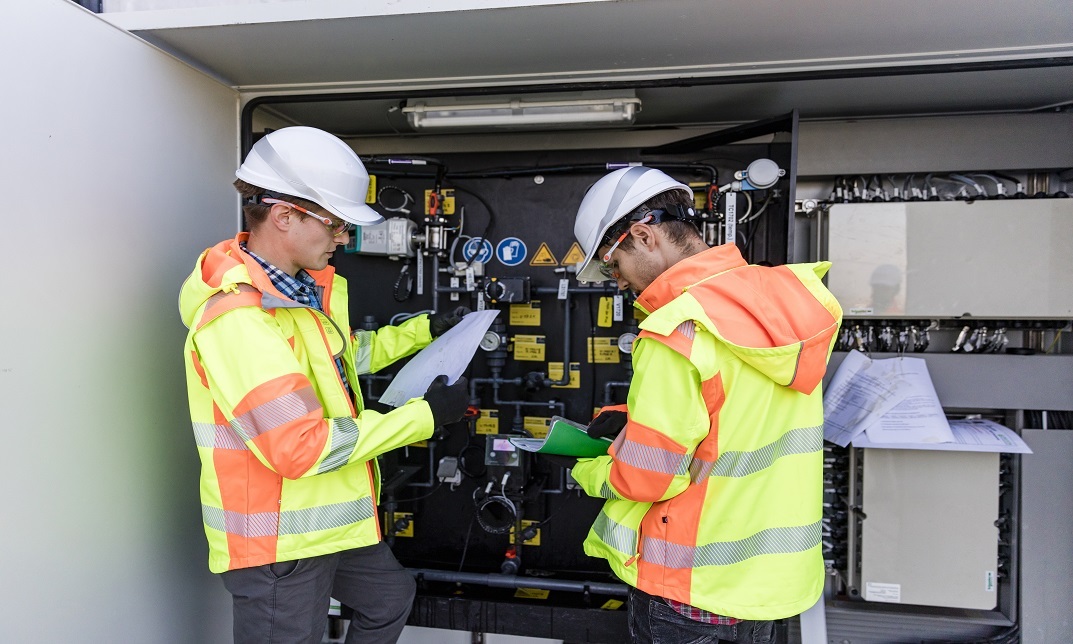Course Curriculum
- 5 sections
- 30 lectures
- 00:00:00 total length
-
Module 1: Introduction To Electrical Substation
00:06:00 -
Module 2: Construction of Electrical Substation and Transformers
00:09:00 -
Module 3: Instrument Transformers and Principle of Operation of Trip Circuit
00:13:00 -
Module 4: Types Of Circuit Breakers And Fuses
00:23:00 -
Module 5: Types of Relays According to Function, Construction and Time Characteristics
00:06:00 -
Module 6: Definition of Busbar and Its Schemes
00:17:00 -
Module 7: Construction of Underground Cables
00:10:00 -
Module 8: Construction of Overhead Transmission Lines
00:15:00 -
Module 9: Comparison between Underground Cables and Overhead Transmission Lines
00:05:00 -
Module 10: Types of Switches In Power System and Substations
00:08:00 -
Module 11: Importance of Capacitor Banks in Power System
00:08:00 -
Module 12: Other Important Components in Electrical Substation
00:07:00 -
Module 13: Classification of Substations
00:05:00 -
Module 14: Relation between Voltage and Substations
00:02:00 -
Module 15: Air Insulated Substation and Gas Insulated Substation
00:09:00 -
Module 16: Importance of Ring Main Unit in Power System
00:07:00 -
Module 17:Extra Images
00:01:00
-
Module 1: Effect of Current on Human Body
00:09:00 -
Module 2: Types of Electric Hazards
00:08:00 -
Module 3: Classification of Earthing Systems
00:24:00 -
Module 4: Components of Earthing System
00:09:00 -
Module 5: Design and Resistance of Earthing Electrode
00:12:00 -
Module 6: Design and Resistance of Earthing Conductor
00:13:00 -
Module 7: Earth Resistance by Megger and Three Point Method
00:03:00 -
Module 8: Design Earthing or Ground Grid Using ETAP
00:21:00
-
Module 1: What Ip or Ingress Protection
00:05:00 -
Module 2: Selection of Busbars in Electrical Substation
00:11:00 -
Module 3: Design of Substations
00:19:00 -
Module 4: Single Line Diagram of 66 to 11kv Substation
00:20:00
-
Assignment – Electrical Engineering for Electrical Substations
00:00:00











